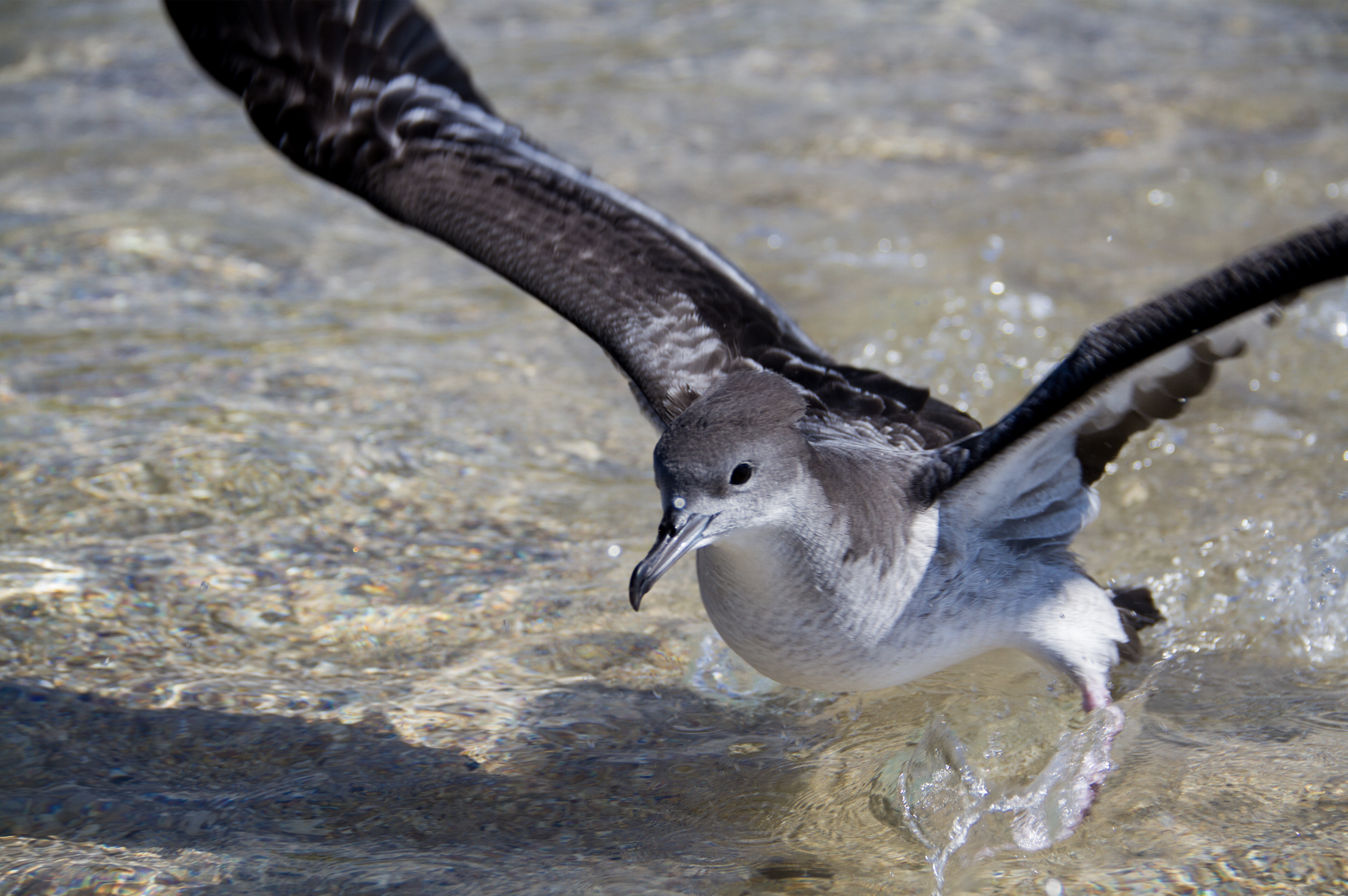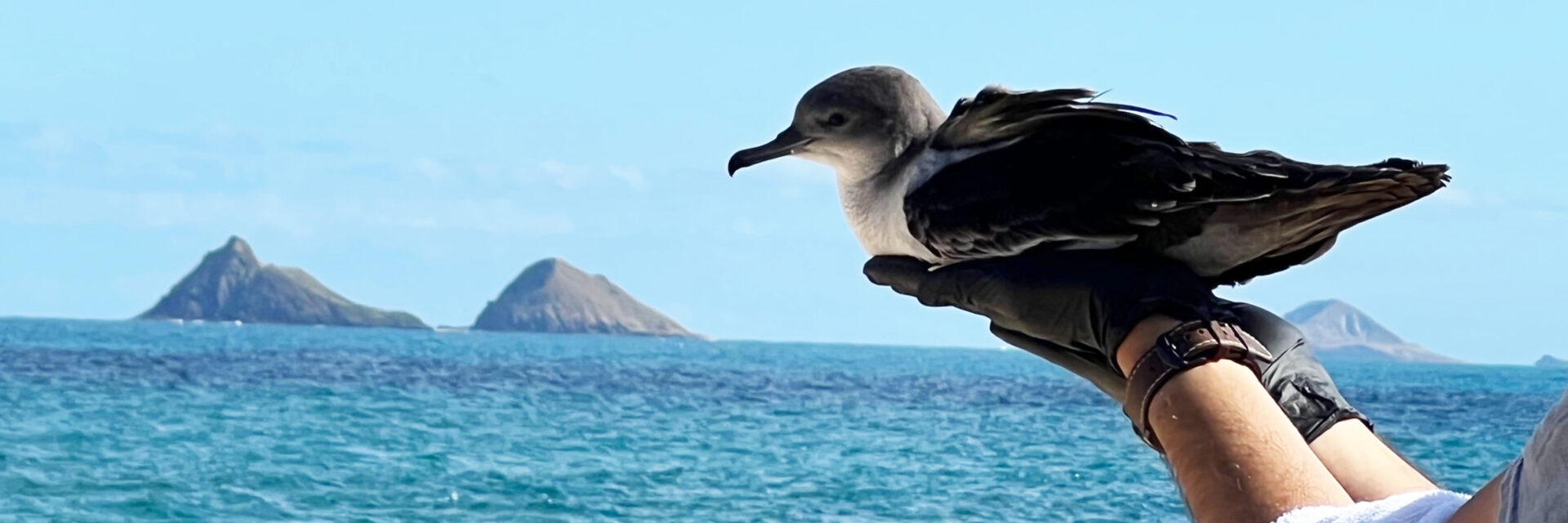
O‘AHU SEABIRD AID
Providing rapid response to downed seabirds on O‘ahu during fallout season
SEABIRD RESPONSE
Since 2017, the Hawai‘i Wildlife Center has provided aid to downed seabirds on O‘ahu during the peak of seabird fallout season. Once seabirds are downed they need human assistance to return to flight or else they are highly vulnerable to predation, starvation, or vehicle strike. The island of Oahu typically sees several hundred downed seabirds each year.
Seabird fallout season is our busiest time of the year! Our O‘ahu-based staff works with drop-off locations and our veterinary partners to get birds examined, stabilized and on to release. Each bird gets a health check and hydration if necessary before release. Most birds have a quick turnaround time. Birds that require medical care or long-term rehabilitation are sent to our main wildlife hospital facility.
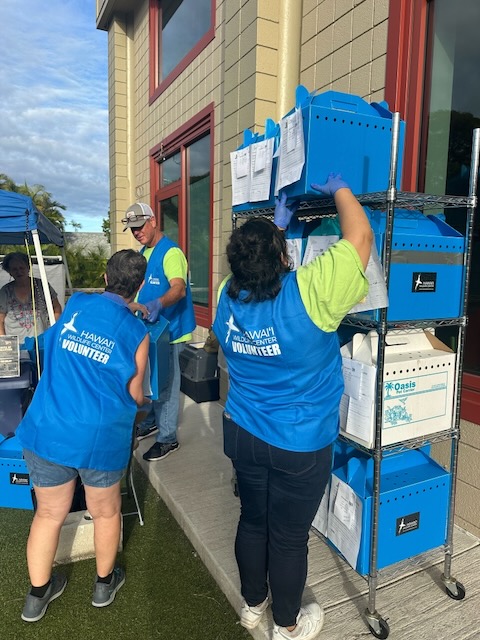
Avian Influenza Notice
Seabirds, especially young fledgling seabirds, are considered low risk of Avian Influenza (AI). More information about AI and proper precautions can be found here.
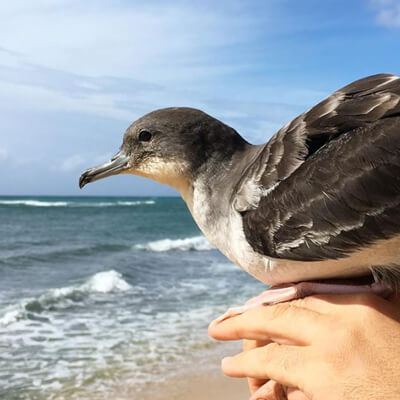
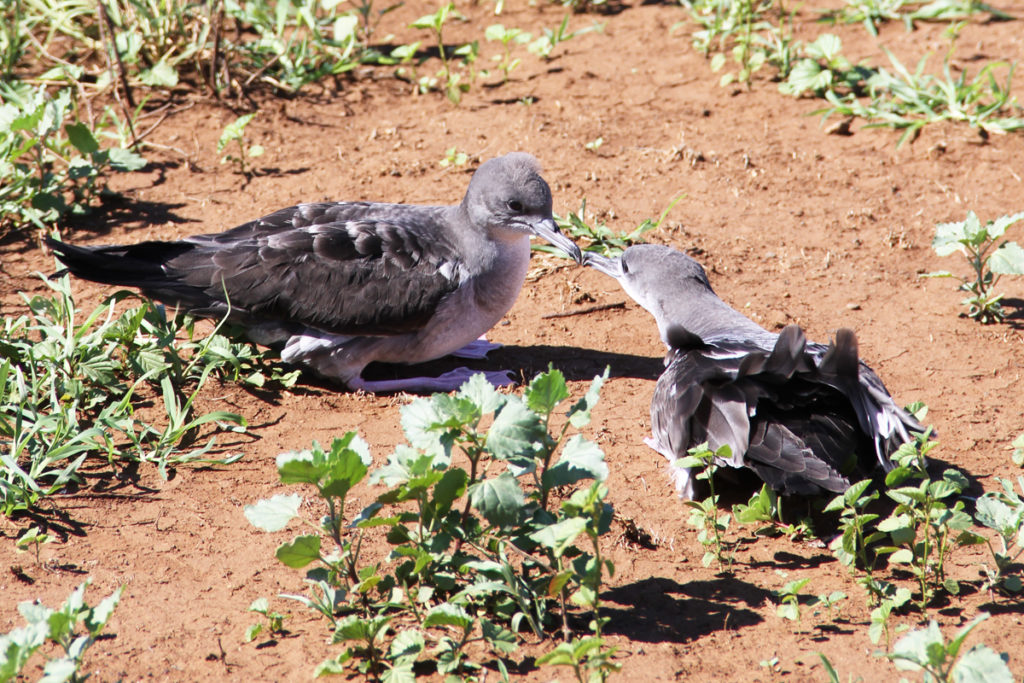
2024 O‘AHU SEABIRD AID SEASON
A total of 645 ʻuaʻu kani (wedge-tailed shearwaters) were cared for in 2024! We are thankful for the support of our community, Hawaiian Electric, Honolulu Zoo, Feather and Fur Animal Hospital, and the Hawai‘i Department of Land and Natural Resources Division of Forestry and Wildlife during the 2024 fallout season. Click here for a more detailed report in the ʻElepaio Journal.
2025 O‘AHU SEABIRD AID SEASON
Feather & Fur Animal Hospital is the primary drop-off location for downed birds. Our O‘ahu personnel works with the team at Feather and Fur to get birds evaluated, treated, and released.
We rely on the community to help with the first step of seabird response – identification and rescue of a bird in need. Learn what to do and share our resources with friends and family.
Download the OSA Informational Rack Card
Found a bird? Click Here for Rescue Information
DONATE
Monetary donations help with our operations and patient care and our wishlists provide our hospital with necessary supplies.
VOLUNTEER
Assist our Oʻahu team during fallout season as a volunteer. For more information including responsibilities, minimum time commitment, and to apply, CLICK HERE
Join out Wheels for Wildlife team. Transport is needed year-round with needs skyrocketing in November and December. APPLY HERE
PRIMARY O‘AHU SEABIRD DROP-OFF LOCATION
Feather and Fur Animal Hospital (24 Hours)
25 Kaneohe Bay Dr #260, Kailua, HI 96734 | Phone: (808) 254-1548
Additional drop-off locations can be found on the DLNR Division of Forestry and Wildlife website.
WHAT IS SEABIRD FALLOUT?
Each year young seabirds such as wedged-tailed shearwaters fledge from their nest for the first time. The species evolved to fledge at night and use moonlight to navigate their way out to sea, but with the arrival of humans and artificial lighting that natural phenomenon has been interrupted. The young birds can become confused by lights from airports, street lamps, buildings, and homes. In their confusion they will circle to the point of exhaustion or sometimes collide with these lighted structures.
Being able to respond to downed seabirds quickly highly increases the likelihood of a successful fledge!
